Concrete Sand | How To Select Suitable Sand For Concrete
Concrete sand, also known as concrete aggregate, is one of the main components of concrete. Those with a particle size >5mm are called coarse aggregates, while those with a particle size 0.15-5.00mm are called fine aggregates.
When preparing concrete, sand, water, and stones are mixed in an appropriate proportion, evenly mixed, and compacted to form a dense solid after the concrete solidifies. Coarse aggregate is piled up in concrete to form a tight framework, while fine aggregate is mixed with cement to fill the gaps in the framework with mortar.
However, when configuring concrete, not all types of sand can be used, and there are strict requirements for the quality of sand. The following 14 tips help to choose qualited sand for concrete.
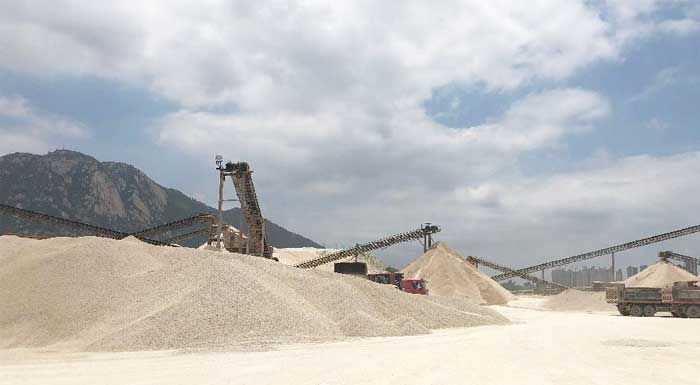
Quality Requirements for Concrete Sand
Reasonable use of natural sand, artificial sand, crushed stones, and pebbles in concrete to ensure the quality of concrete sand is crucial for concrete (some definitions about concrete sand).
- Natural Sand: rock particles formed naturally with a particle size <5mm.
- Gravel: Rock particles with a particle size >5mm after rock fragmentation.
- Mud Content: the content of sand and gravel with a particle size <0.08mm
- Mud lumps Content In Sand: the parts in sand with particle size >1.25mm, and after washing and kneading, it becomes <0.63mm.
- Mud lumps Content In Stone: the particle size in the stone >5mm, and after washing and kneading, it becomes <2.5mm.
- Apparent Density: the mass of aggregate particles per unit volume.
- Tight Density: the mass per unit volume of aggregate compacted according to the specified method.
- Bulk Density: the mass per unit volume of aggregate in its natural state.
- Soundness: the ability of aggregates to resist cracking under the influence of climate change or other physical factors.
- Crushing Index: the ability of artificial sand and crushed stone to resist crushing.
- Alkali Activated Aggregate: aggregate that can undergo chemical reactions with alkali in concrete under certain conditions, leading to expansion, cracking, and even destruction of the concrete.
1. Fineness Modulus
The fineness of sand is determined by the fineness modulus μf is divided into four levels: coarse, medium, fine, and extra fine, and its range should comply with the following regulations:
- Coarse Sand: μf=3.7~3.1
- Medium Sand: μf=3.0~2.3
- Fine Sand: μf=2.2~1.6
- Extra Fine Sand: μf=1.5~0.7
2. Particle Grading
The particle grading of sand should comply with the provisions in the table below. Except for ultra-fine sand, the particle size distribution of sand can be 600 μ The cumulative sieve residue of m square sieve holes is divided into three grading zones, and the particle grading of sand should be within one of the zones in the table below.
The actual particle size distribution of sand is compared to the cumulative sieve residue in the table, except for 4.75mm and 600 μ Except for the cumulative sieve residue of m, the remaining cumulative sieve residue may slightly exceed the boundary line, but the total excess should not exceed 5%.
When preparing concrete, priority should be given to using Zone II sand. When using Zone I sand, the sand rate should be increased and sufficient cement content should be maintained to meet the workability of concrete; When using Zone III sand, it is advisable to appropriately reduce the sand rate; When using ultra-fine sand, it should be mixed with artificial sand to form a mixed sand; When preparing pumped concrete, it is advisable to use medium sand.
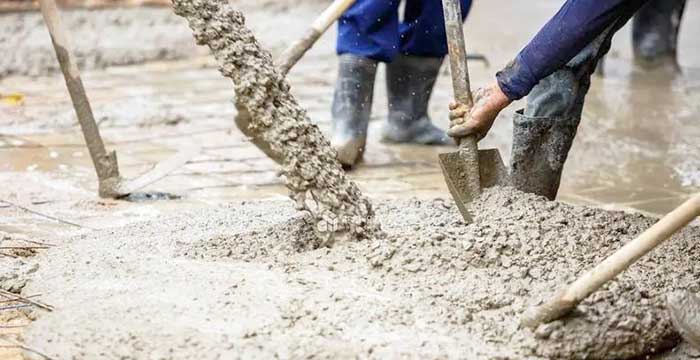
3. Mud Content In Natural Sand
The mud content in natural sand should comply with the following table:
For concrete sand with frost resistance, impermeability or other special requirements, but strength grade not exceeding C25, its mud content should not exceed 3.0%.
4. Mud lumps Content In Sand
For concrete sand with frost resistance, impermeability or other special requirements, but with a strength grade not exceeding C25, the clay content should not exceed 1.0%.
5. Stone Powder Content In Artificial or Mixed Sand
6. Soundness of Sand
The soundness should be tested using a sodium sulfate solution, and its mass loss should comply with the following regulations:
7. Crushing Value of Artificial Sand
8. Compressive Strength of Parent Rock
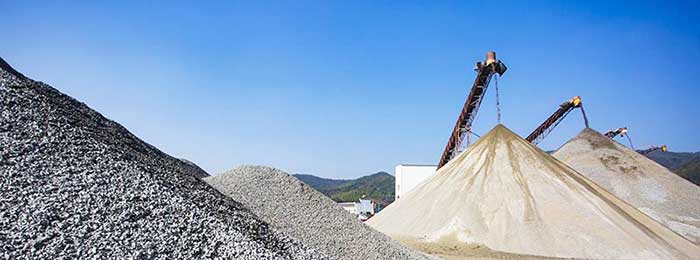
9. Sand Density Requirements
The apparent density of sand should not be less than 2500kg/m3, the bulk density should not be less than 1400kg/m3, and the bulk density porosity should not exceed 45%.
10. Water Absorption of Sand
11. Harmful Substances Content In Sand
When the sand contains harmful substances such as mica, light matter, organic matter, sulfides, and sulfates, its content should comply with the provisions in the table below.
Note: For concrete sand with requirements for frost resistance and impermeability, its mica content should not exceed 1.0%.
12. Alkali Activity Test
For sand used in important concrete structures that have been exposed to humid environments for a long time, the rapid mortar rod method, mortar length method, or concrete prism method should be used for alkali activity testing.
When it is determined through alkali activity tests that there is a potential risk of alkali silica reaction, the alkali content in the concrete should be controlled to not exceed 3kg/m3, or effective measures should be taken to suppress the alkali aggregate reaction.

13. Chloride Ion Content In Sand
The following regulations should be met:
For sand used for reinforced concrete, its chloride ion content shall not exceed 0.06% (calculated by mass percentage of dry sand);
For sand used for prestressed concrete, its chloride ion content shall not exceed 0.02% (calculated as a mass percentage of dry sand).
14. Shell Content In Sea Sand
The following regulations should be met:
For sand with frost resistance, impermeability or other special requirements, but with a strength grade not exceeding C25 concrete, the shell content should not exceed 5%.
Usually:
- Sand and stone used in concrete should not contain impurities that can cause abnormal volume stability of the concrete.
- Sand and stone produced from mining tailings and industrial waste should comply with relevant environmental and safety standards and specifications.
- Sand and stone should not be used as concrete aggregates when there is a potential risk of alkali carbonate reaction.
- The radioactivity of sand and stone should comply with the current national standard GB6566.
 Cement VS Concrete [8 Difference Between Cement and Concrete]
Cement VS Concrete [8 Difference Between Cement and Concrete] 6 Hot Types Speed Reducer [Advantages & Disadvantage]
6 Hot Types Speed Reducer [Advantages & Disadvantage]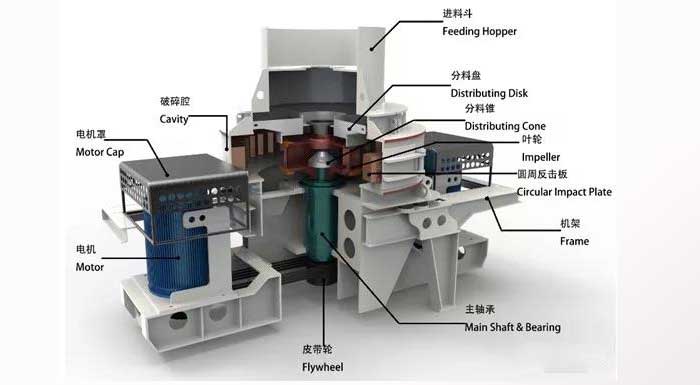 How To Select Sand Making Machine?
How To Select Sand Making Machine?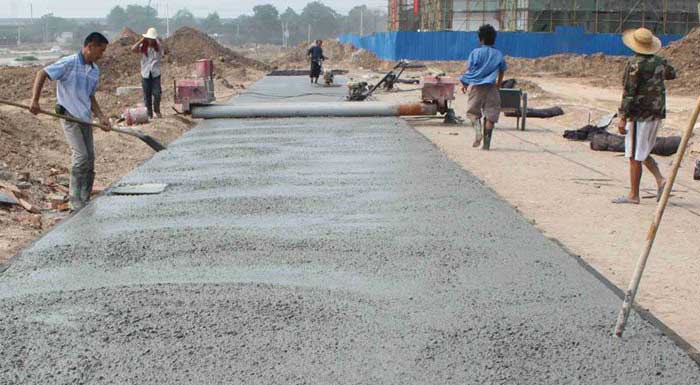 How To Classify Concrete [Classification, Manufacturing & Properties]
How To Classify Concrete [Classification, Manufacturing & Properties]



